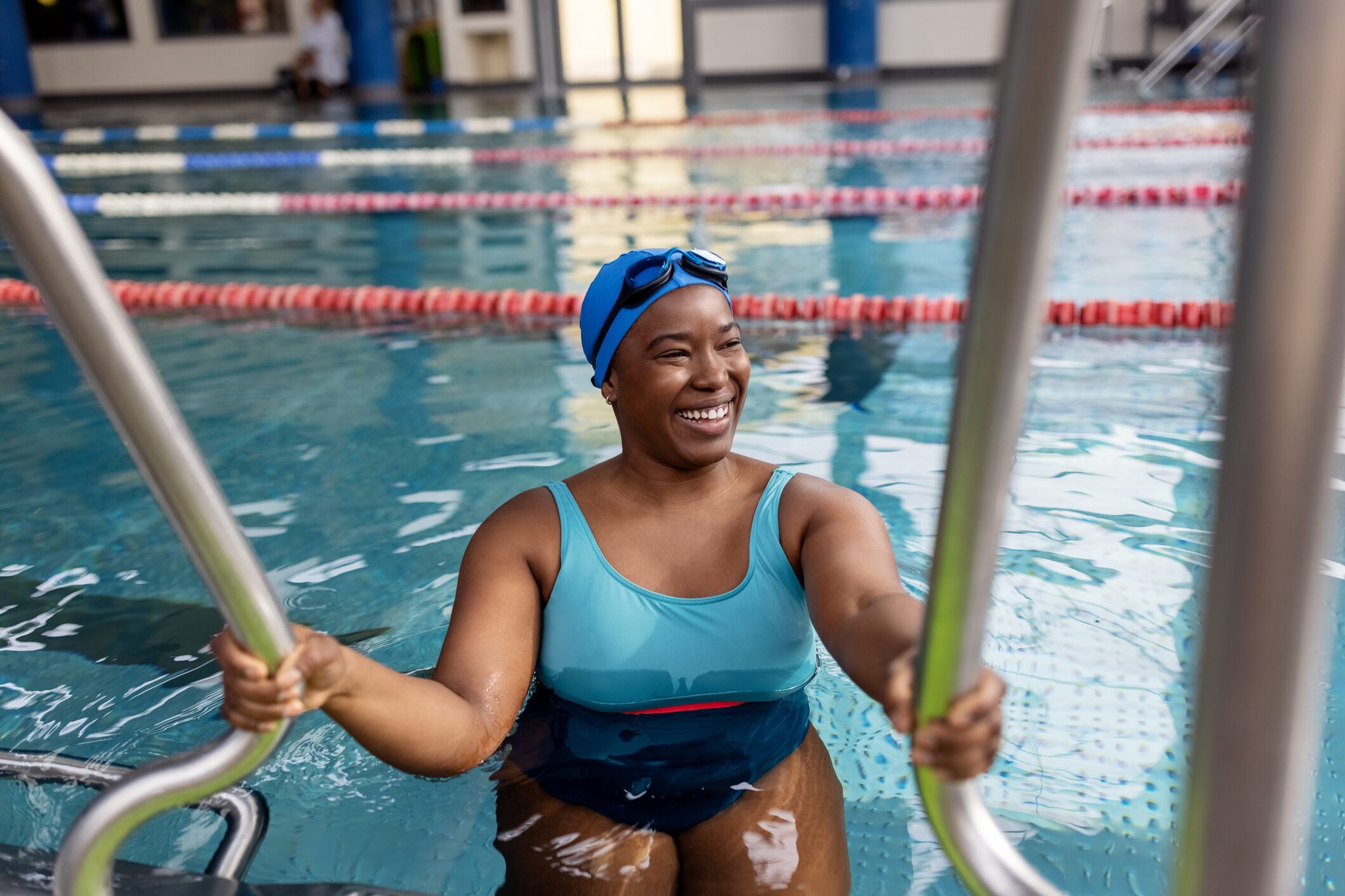It's prime time to get back to it, anyway—and international researchers say one form showed "particularly" noteworthy effect against Covid complications.

New Research: Having This Hobby Could Cut Your Covid Death Risk in Half

At the height of the Covid pandemic, in 2021, over 25,000 Americans died each week from the virus, according to the CDC’s data tracker—while August 2024 global data suggested 27 million people had succumbed to the illness. Today, the most recent CDC data reports that 163 people died from Covid last week, while many hospitals around the country are managing increased patient flow and admissions due to Covid and flu infections.
Of course, getting vaccinated, washing your hands regularly, staying at home if you feel unwell, and wearing a mask as needed, are all important ways to prevent the spread of Covid and, subsequently, incidence of Covid deaths. However, a new study suggests another way that you can cut your Covid mortality risk in half by simply partaking in an activity you might already be passionate about.
That research, published December 2024 in the Iranian Journal of Nursing and Midwifery Research, suggests playing sports could help promote gentle recovery from Covid. Why? One reason may be simple: This kind of engagement promotes one’s general physical condition. They determined that “increased total physical activity, particularly in a sports environment, appears to be linked with reduced COVID-19 hospitalization and mortality rates.”
One of the foundational studies that the paper cites was released by a group of South Korean researchers in 2021, when the Covid mortality rates were at their peak. That study, published in the Journal of Clinical Medicine, asserted that being more physically active could actually slash Covid death risk by more than half. “This study revealed that [moderate to vigorous physical activity] was associated with a 10% lower risk of COVID-19 infection and a 53% lower risk of COVID-19 infection-related mortality,” the team wrote at the time. Compared to the physically inactive group, the “moderate to vigorous physical activity group” saw a 25% and 77% lower risk of COVID-19 infection and mortality, respectively.
Supporting these findings even more, yet another 2021 study published in the British Journal of Sports Medicine concluded that getting frequent physical activity reduced the risk of all upper respiratory infections by 43%. Researchers, such as a university team in Brazil, have observed this effect may occur because exercise improves lung function and vital signs, while lowering inflammation biomarkers.
Some experts suggest any mid- to high-intensity aerobic sports that get your heart rate up—think jogging, swimming, cycling, tennis, or basketball—could help protect against severe cases of Covid. The CDC adds that physical activity is one of the most important things you can do for your broader health, also helping to prevent heart attack, stroke, Type 2 diabetes, cancer, and a range of other potentially life-threatening illnesses.
Adults should aim to get a minimum of 150 minutes of moderate-intensity physical activity per week, as well as at least two days of muscle-strengthening activity per week, the CDC advises. That said, every little bit of effort you add to your routine could provide further protection. Just be sure to start small, and consult your doctor before getting started.
A few tips? The gym’s been discovered as one of the worst places for viruses to spread. Make sure you’re vaccinated, wipe down machines and shared mats, and wash your hands well when you’re finished.
For daily wellness updates, subscribe to The Healthy by Reader’s Digest newsletter and follow The Healthy on Facebook and Instagram. Keep reading:



















